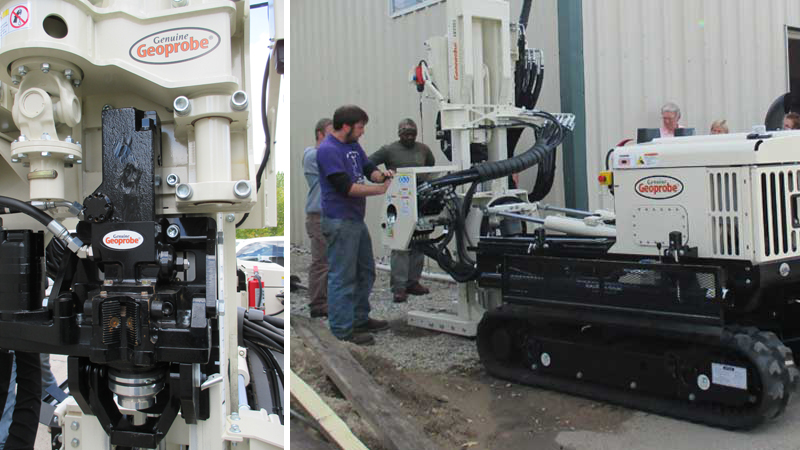Phase II – Structural Borings
Before designing a building, it is important for architects and developers to know the soil conditions of a property. A building foundation built over clay will be treated differently than sand and proper structural support will need to be incorporated.
Gabriel can assist in determining soil types as well as the soil bearing capacity to allow architects and engineers to make the correct recommendations. This can be done in conjunction with environmental borings, saving additional time and expense.
What Does Gabriel’s Structural Subsurface Investigation Report Include?
- Summary of soil borings and relative soil bearing values
- Description of physical soil characteristics
- Detailed map with locations of soil borings
- Table with soil bearing capacity for each soil boring at various depths (typically 12′-15′ or 8′-12′ with a portable rig)
- Grade differences, if requested
- Environmental analytical data, if requested

How are soil borings performed?
Using either our truck-mounted Geoprobe rigs, which are smaller than most auger core units, or other small portable units, Gabriel will collect soil samples at various depths to determine soil conditions. Through the use of direct-push technology, our borings leave very little debris, and all holes are refilled to leave the site undisturbed.
Why use a Geoprobe for structural borings instead of an auger?
Our geotechnical borings are quicker and less costly than those performed by a large auger rig. Typical cost savings are 30-50%. Geoprobes are more limited in their depth, but are ideal for buildings 4 floors or less.
